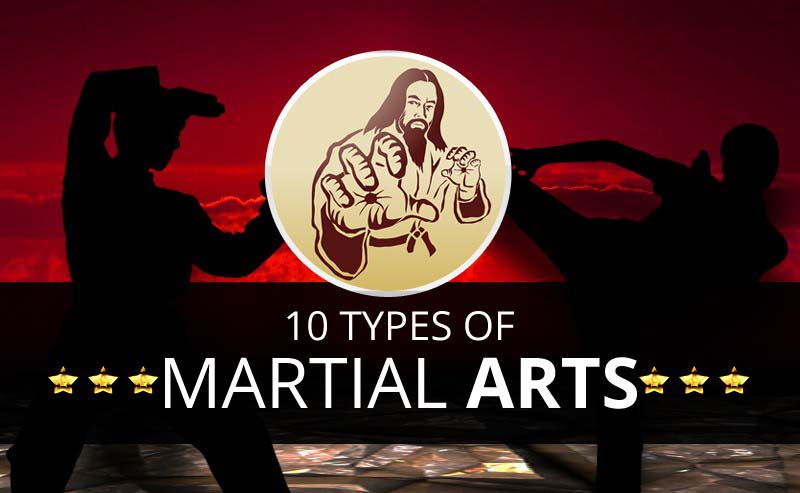The Evolution And Historical Value Of Martial Arts Throughout Various Cultures
The Evolution And Historical Value Of Martial Arts Throughout Various Cultures
Blog Article
Content Writer-Wilcox Matthews
Martial arts have a remarkable background that extends centuries and continents. go to this web-site might discover it interesting how ancient practices like Shuai Jiao and Kalaripayattu prepared for modern battle strategies. These self-controls not only stress physical abilities but also show the societies that birthed them. As you discover their development, consider exactly how globalization has changed these traditional forms into hybrid styles. What influences do you believe have formed today's martial arts landscape?
Ancient Martial arts: The Foundations of Fight
As you look into the globe of ancient martial arts, you'll uncover the rich foundations that formed combat methods across societies. Very early techniques concentrated on Self-Defense and survival, commonly incorporating strikes, grappling, and weapons.
In old China, as an example, strategies like Shuai Jiao emphasized throws and joint locks, while India's Kalaripayattu showcased agility and fluid activity. Japanese samurai developed Kenjutsu, a refined swordsmanship that highlighted technique and approach.
These martial arts offered not just for fight yet likewise as a means of personal development, instilling values like regard and determination. The mixing of these strategies gradually laid the groundwork for the varied martial arts you see today, each mirroring the distinct viewpoints and demands of its culture.
The Social Influence on Martial Arts Advancement
While martial arts commonly reflect the practical needs of a society, they additionally symbolize the social values and ideas of their origins. When you check out various martial arts, you'll see how they're affected by religion, philosophy, and social standards.
As an example, the emphasis on regard and technique in Japanese martial arts stems from Zen Buddhism and samurai culture. In contrast, Brazilian Jiu-Jitsu advertises adaptability and technique, shaped by the need for effectiveness in a diverse, multicultural setting.
You may discover that the rituals, attires, and training approaches reflect a neighborhood's background and identification. By comprehending these cultural influences, you deepen your admiration of martial arts and their function in shaping human experiences across the globe.
Modern Adaptations and the Globalization of Martial arts
Martial arts have actually changed substantially in recent decades, adapting to modern culture and worldwide impacts. You'll observe that conventional kinds have blended with modern-day methods, producing hybrid styles like MMA. These adjustments cater to diverse target markets, making martial arts easily accessible and attractive around the world.
With the increase of social media sites and electronic platforms, you can locate tutorials and competitions from all corners of the globe, breaking geographical obstacles. This globalization has actually led to a common appreciation for various techniques, from Brazilian Jiu-Jitsu to Taekwondo.
As Related Site involve with these arts, you'll recognize they're not almost fight; they advertise physical fitness, self-control, and psychological well-being.
Eventually, contemporary adaptations have enriched the martial arts landscape, making it a dynamic and developing method.
Verdict
In checking out the background and evolution of martial arts, you discover a remarkable blend of strategies, societies, and philosophies. From ancient techniques like Shuai Jiao and Kalaripayattu to the contemporary adaptability seen in MMA, martial arts reflect humanity's quest for Self-Defense and personal growth. As you engage with these techniques, you not just gain abilities however also a much deeper recognition for the diverse customs that shape our world today. So, continue your trip and embrace the art of fight!
